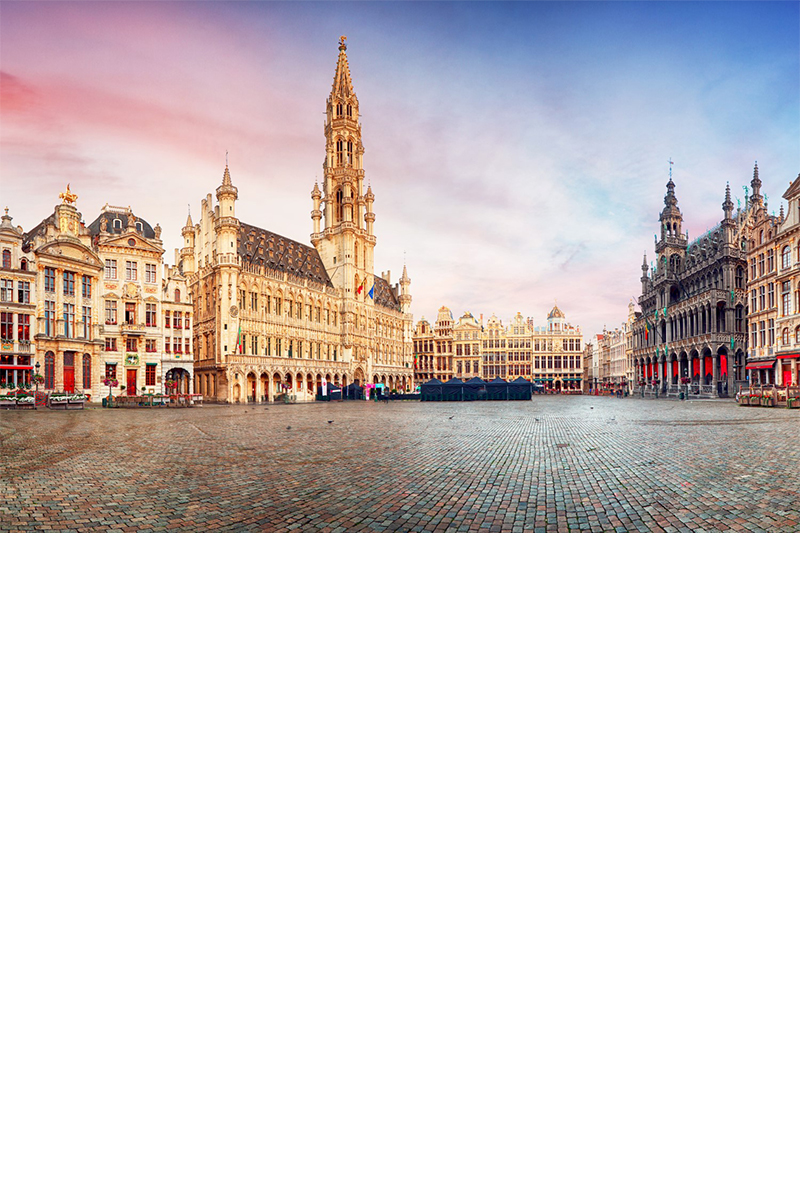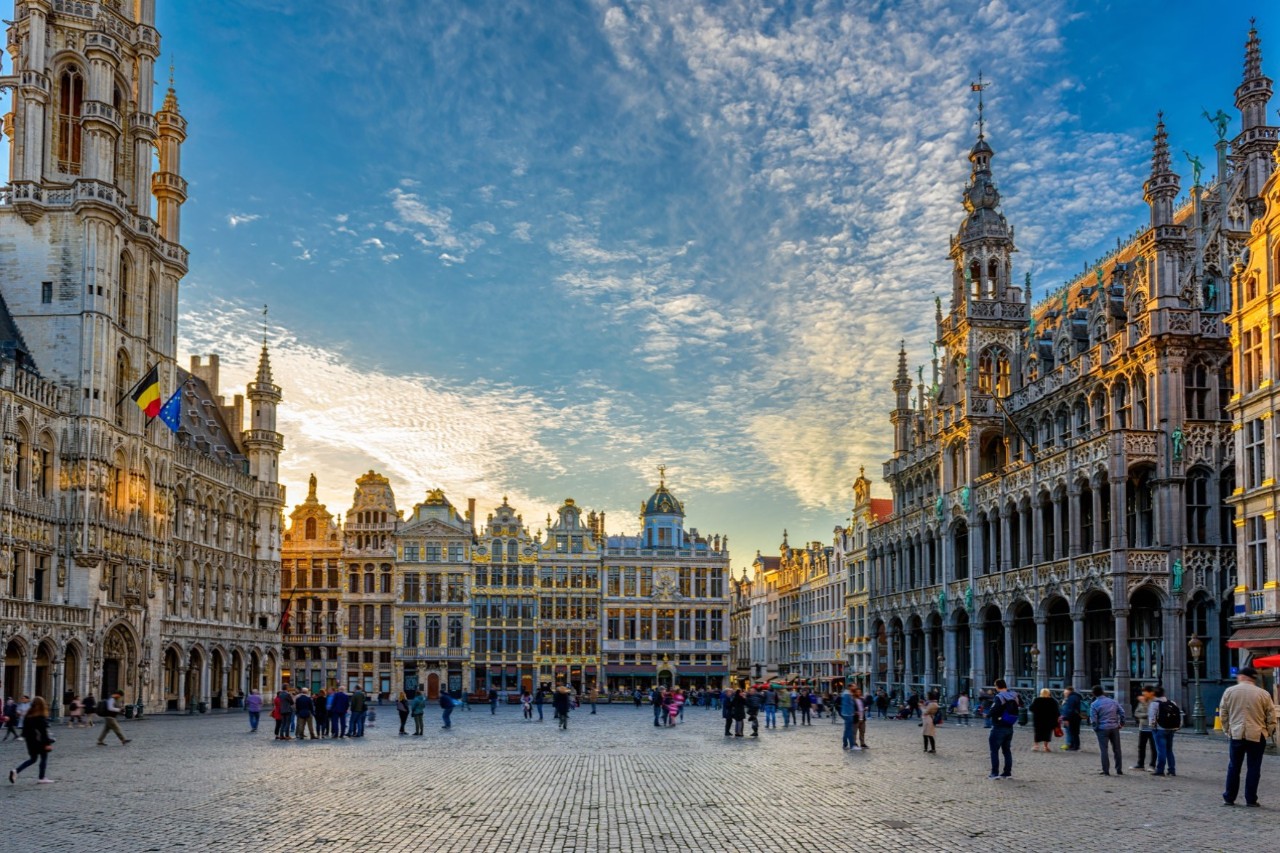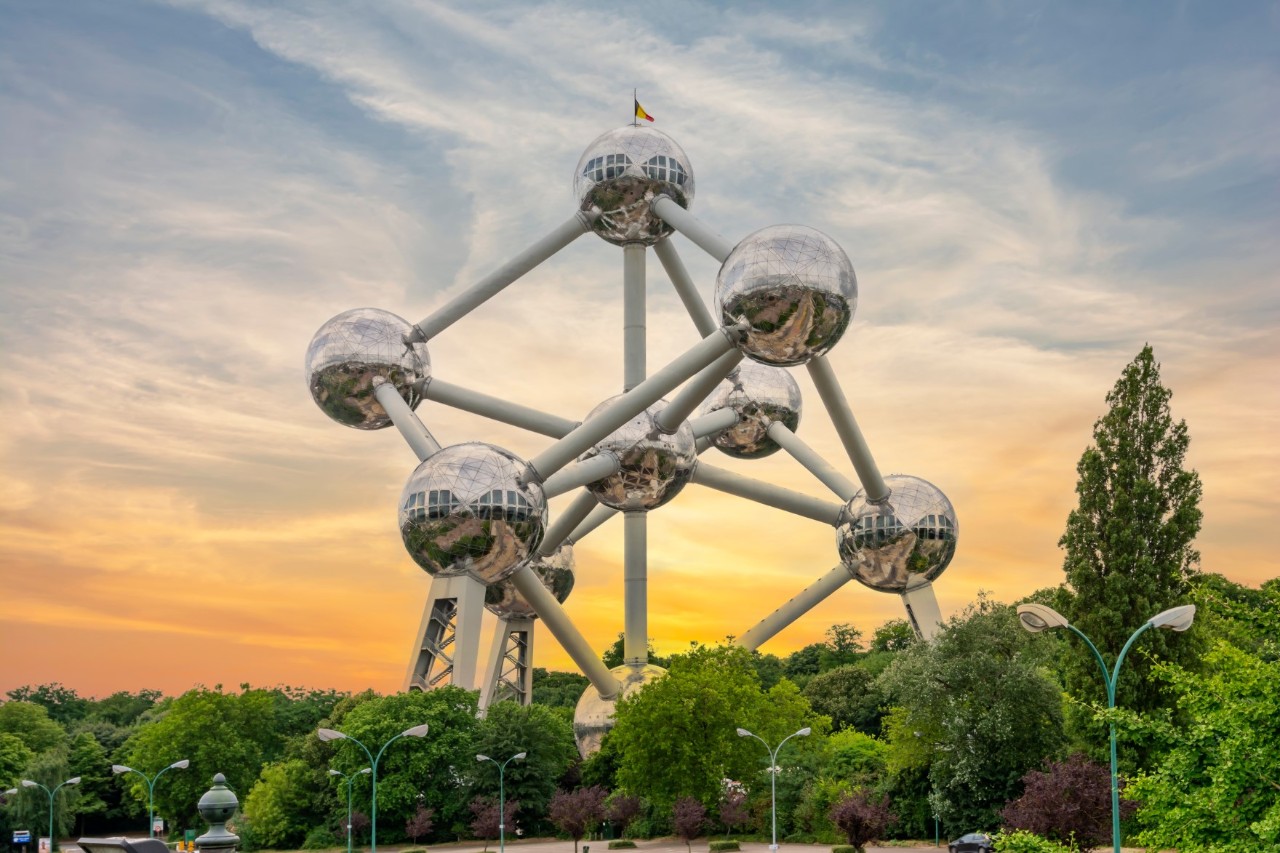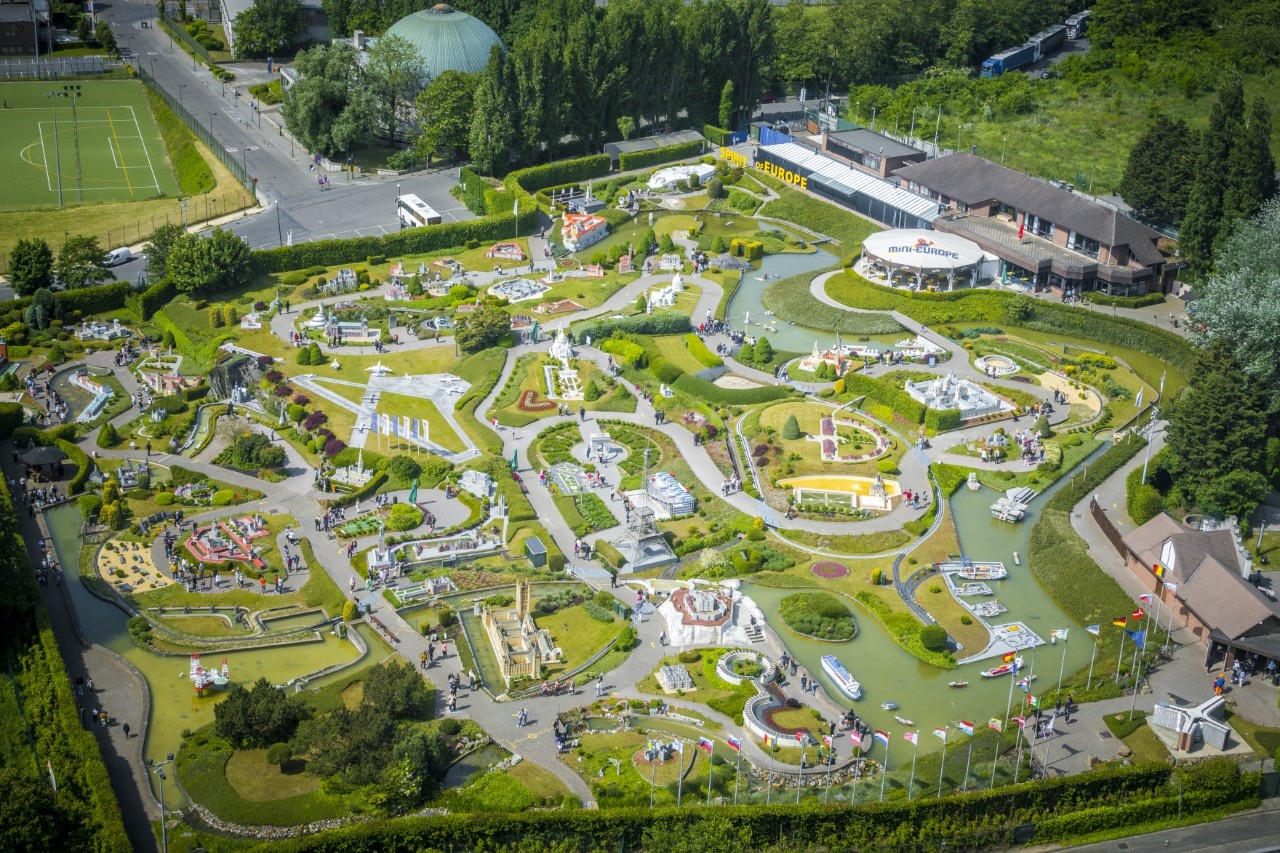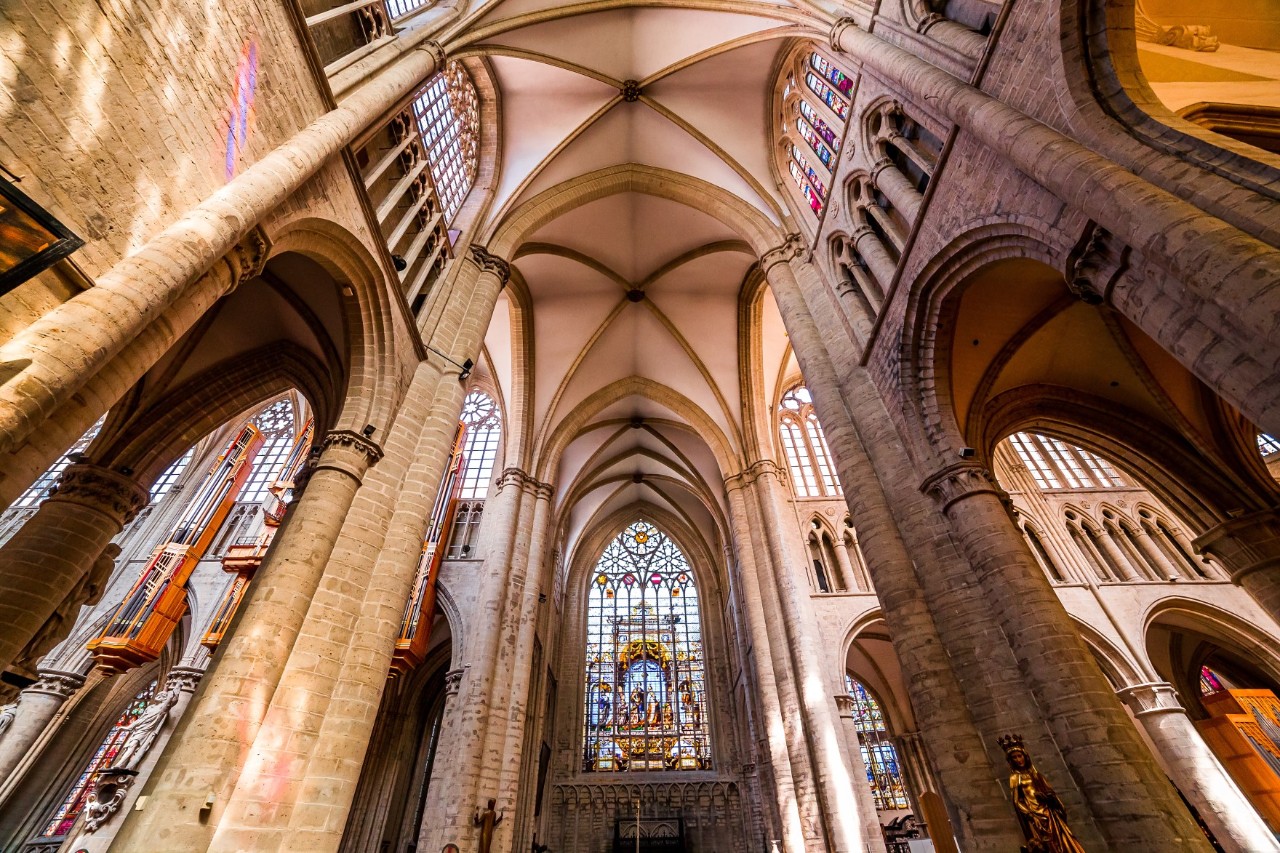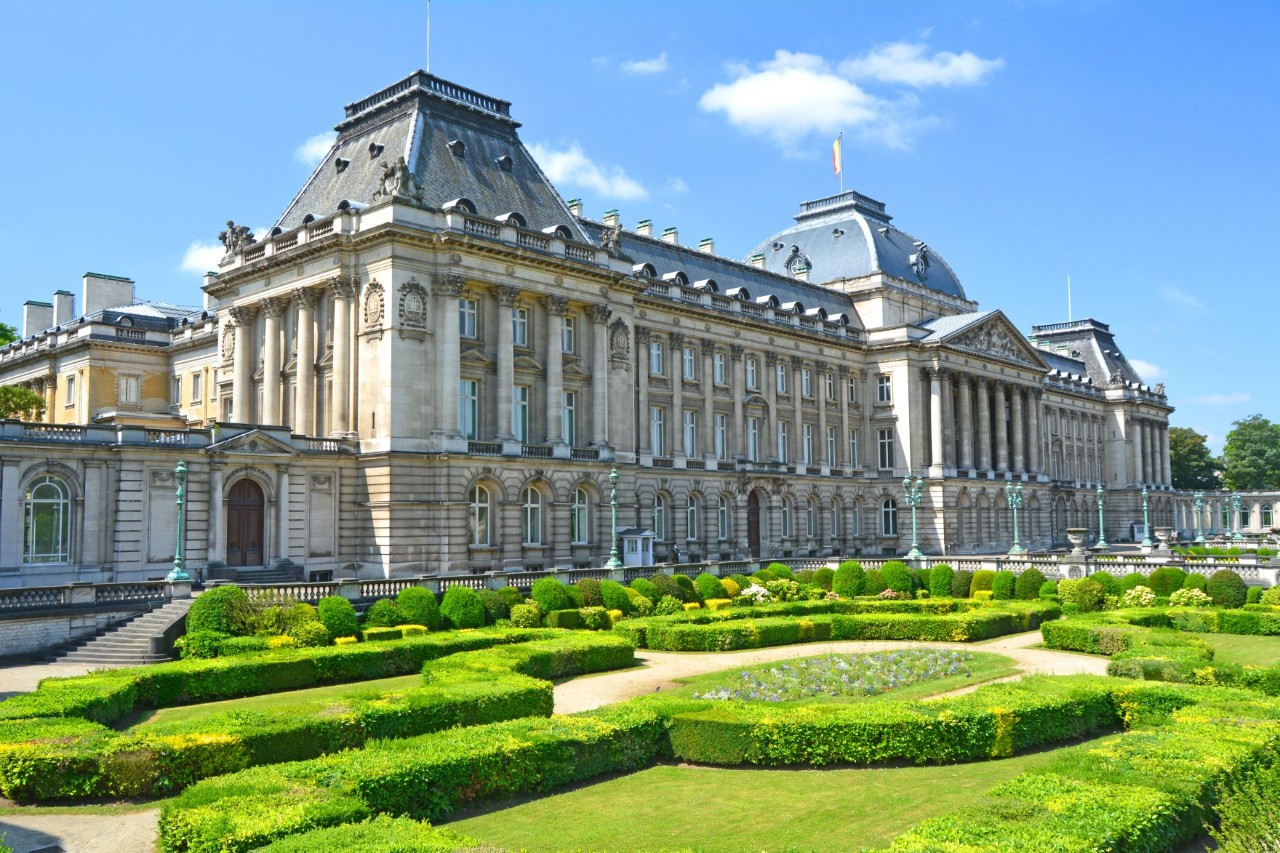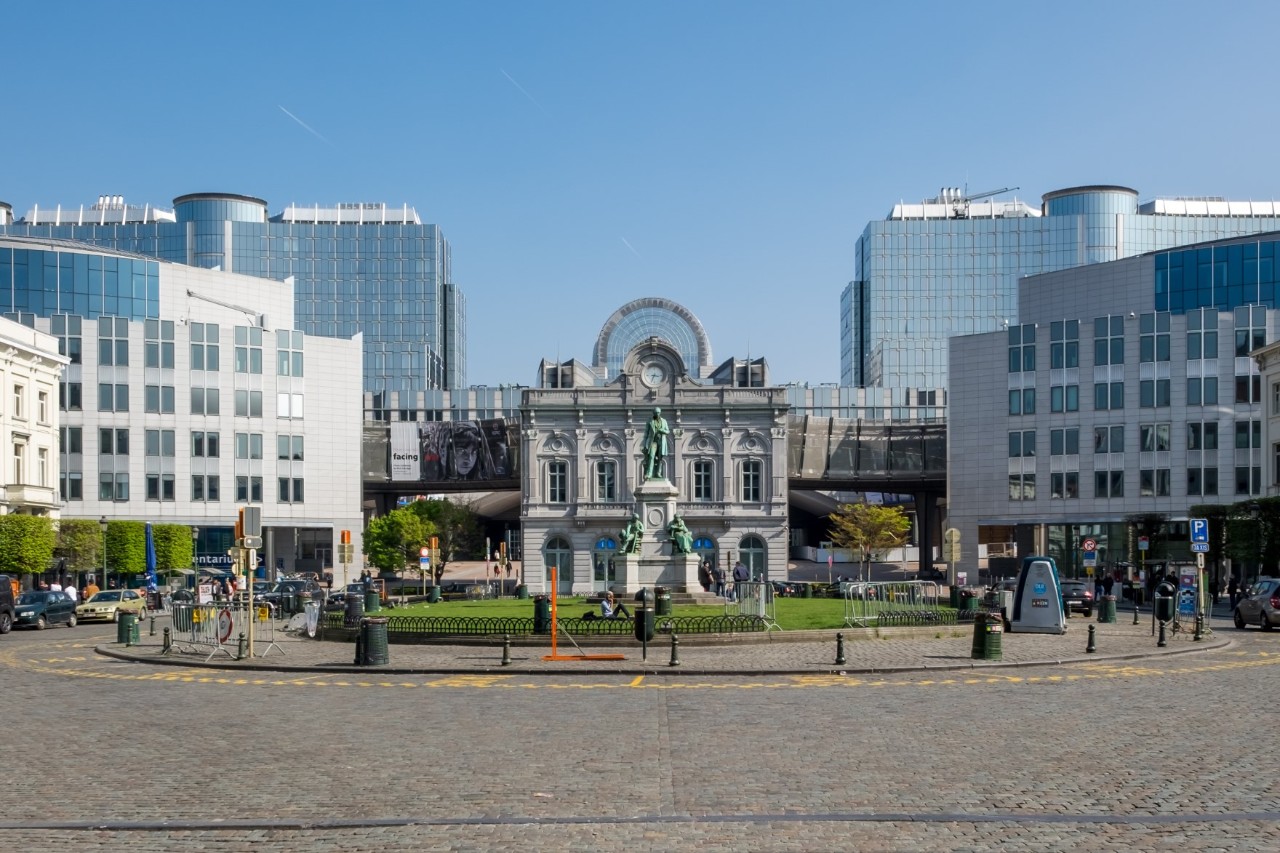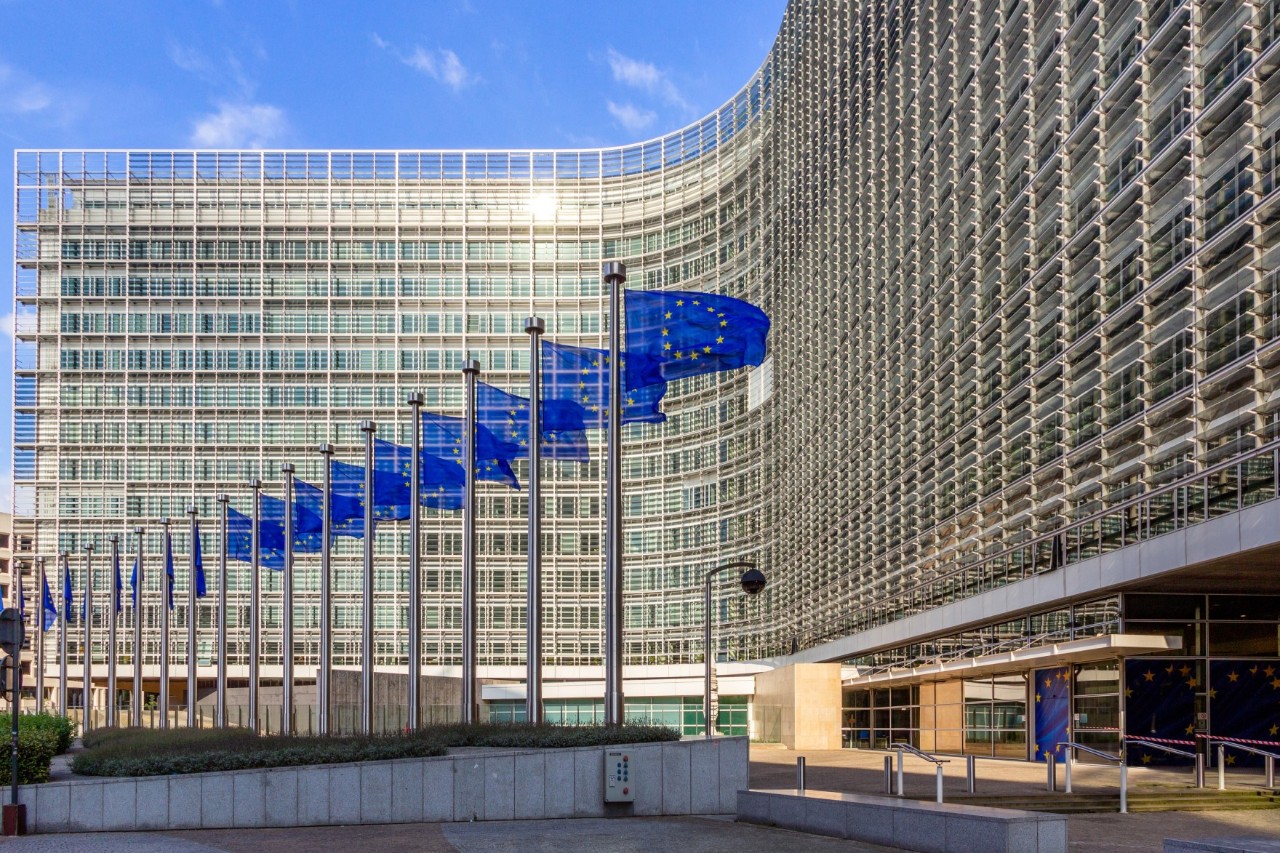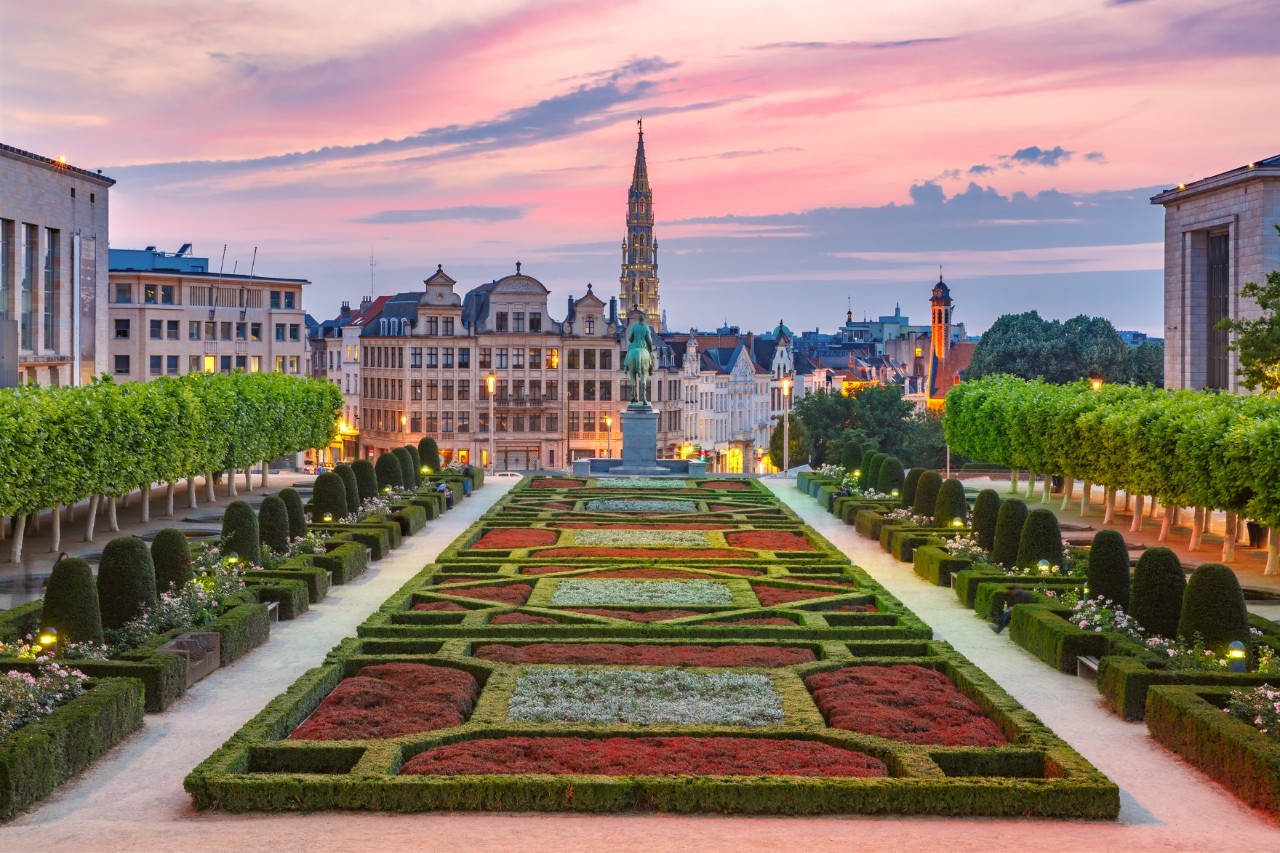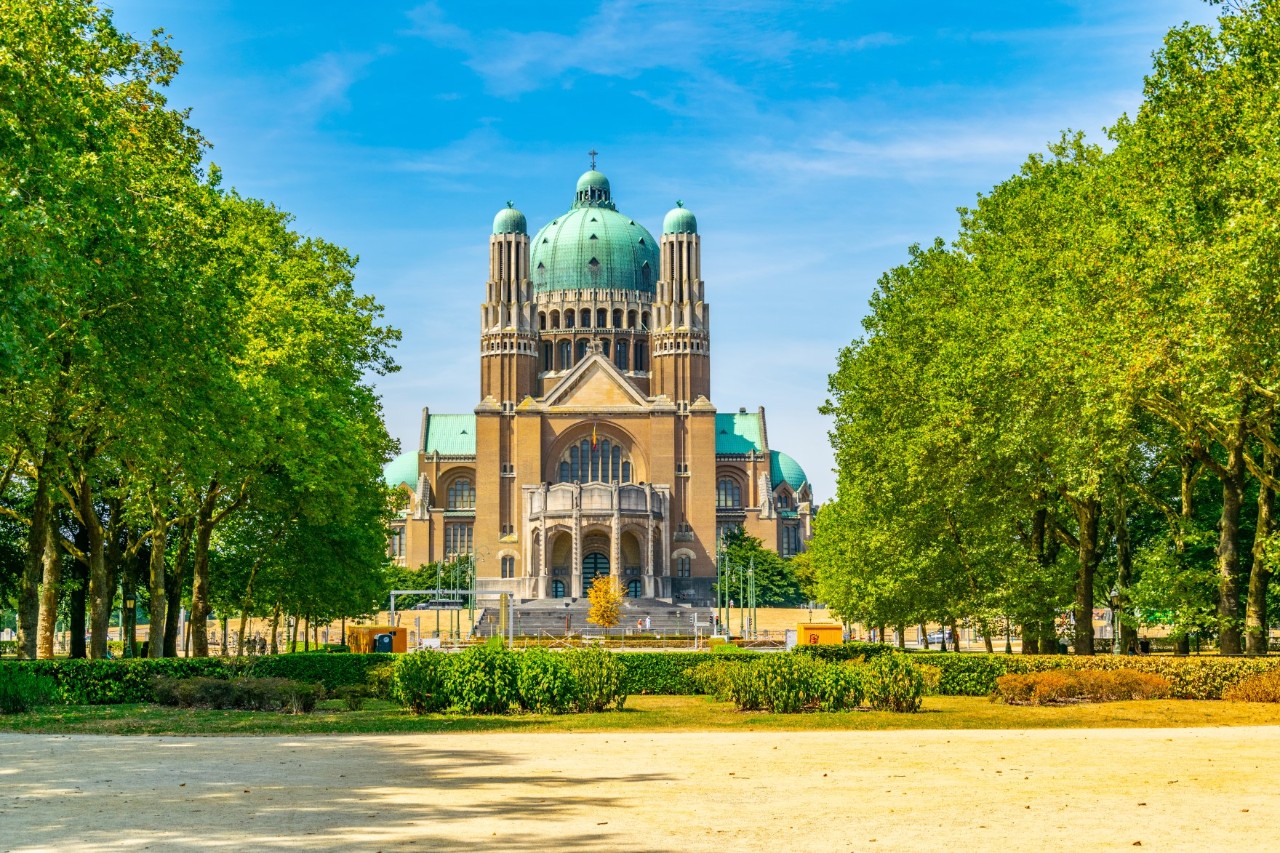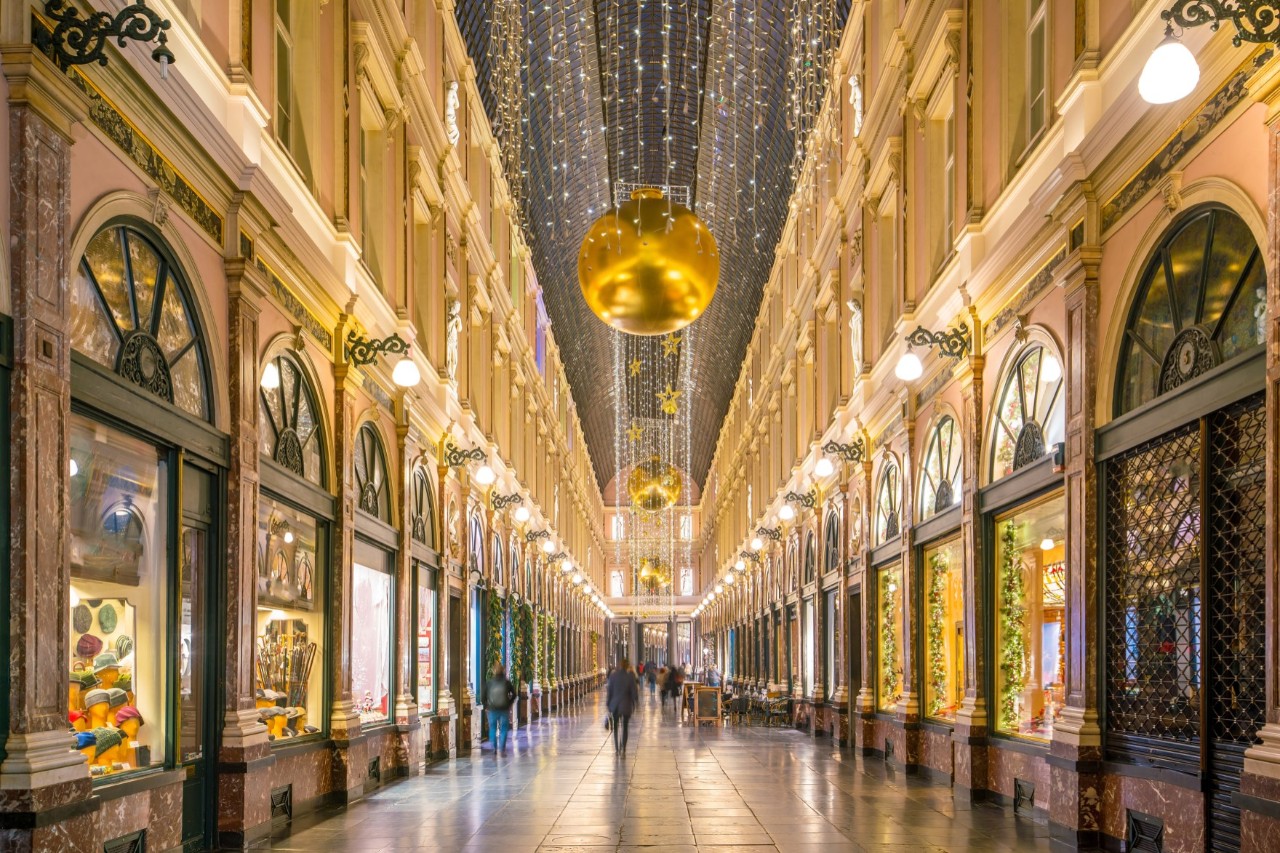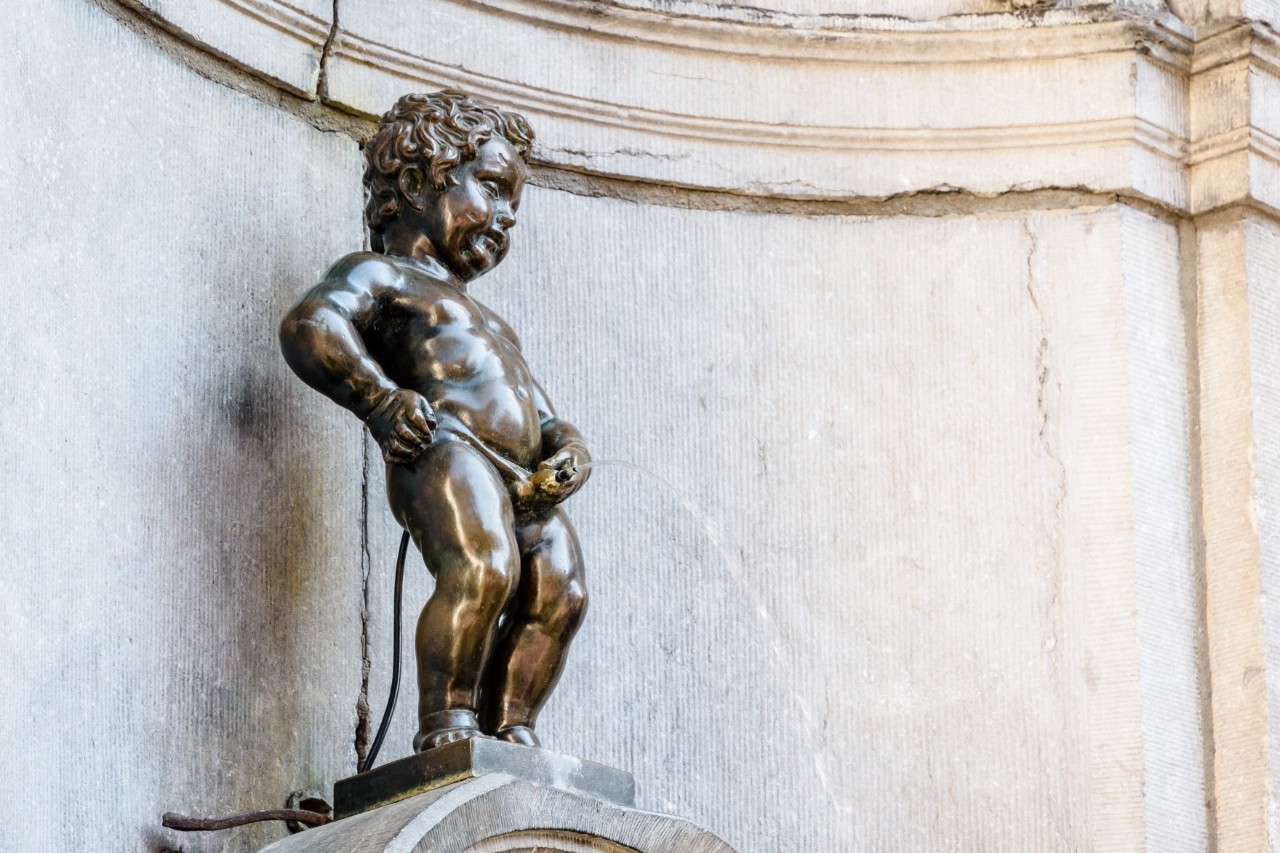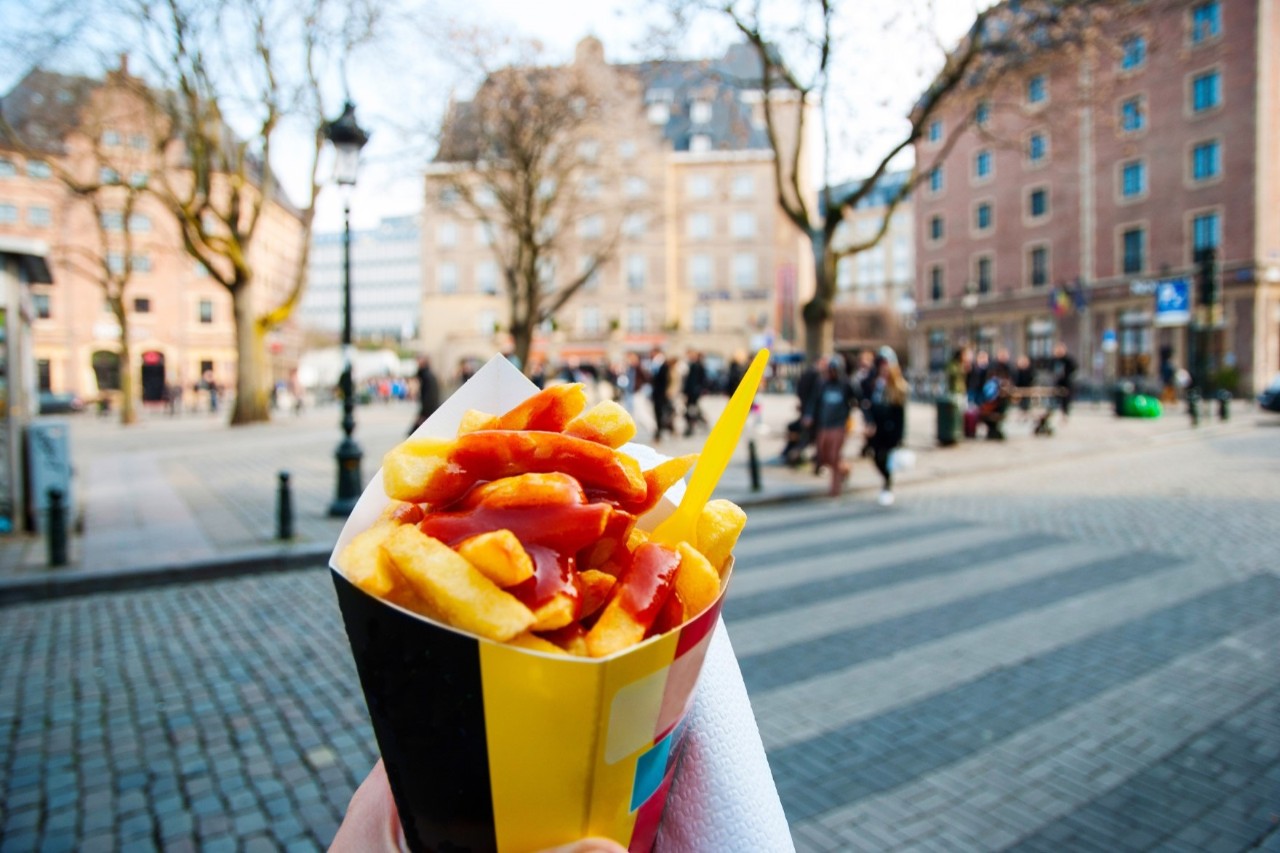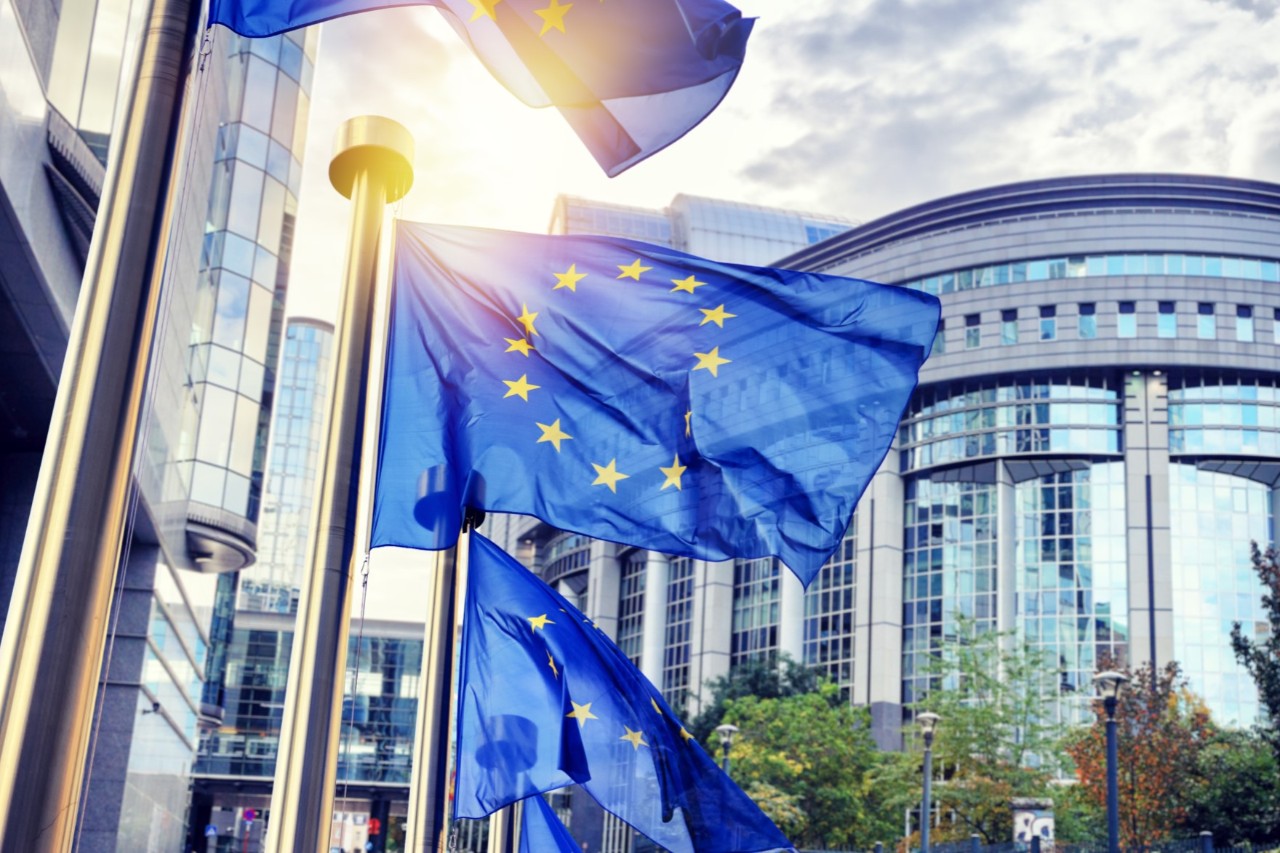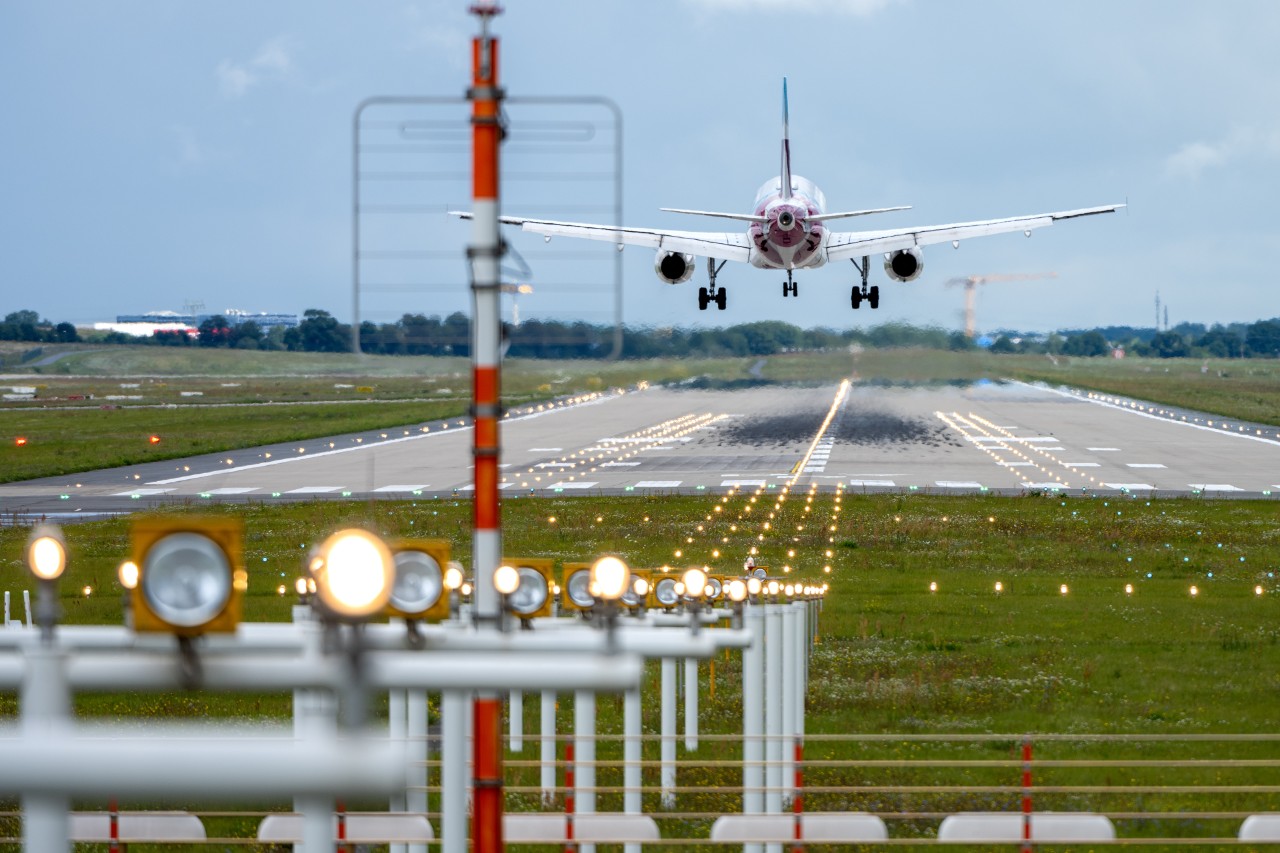The Heart of Europe
Belgium’s capital Brussels is the heart of Europe as the home of number of EU institutions. Cosmopolitanism and internationality are just as present here as art, culture and an exciting historical setting. Brussels is a city of many languages: sometimes Dutch can be heard, then French, often English and around 100 other languages. Brussels is not only known for its rather unusual landmark Manneken Pis and the Atomium, but also for chocolate, frites, lace and beer.
Built on seven hills, Brussels offers many beautiful viewpoints. A walk through the city’s different districts is a good way to experience how rich in contrast the Belgian capital is. There is Matongé, the African quarter, the upper town; the magnificent Grand-Place in the city centre, the colourful murals in the streets, the beautiful art nouveau buildings, the diverse restaurant scene; in short, there’s plenty to discover on a visit to Brussels.
Numbers, data, facts
- Time difference: none
- Population: 1.2 million
- Official language: French & Dutch
- Currency: Euro (EUR)
A city tour of Brussels
Typical Brussels!
A “little pissing man” as the city’s landmark and most popular photo scene in Brussels? Yes, indeed! Manneken Pis, Brussels’ most famous rascal, is considered a symbol of freedom of expression, spirit of resistance and democratic values. According to one of the many legends, “Petit Julien”, as the little man is also called, saved Brussels from an enemy fire with his urine. The bronze statue, just 61 centimetres tall, was created by Jérôme Duquesnoy in 1619. However, the one at the fountain is a copy. The original figure can be admired in the Maison du Roi City Museum on the Grand-Place. Belgian waffles, frites, lobbyists and funny comics are at least as typical of Brussels as Manneken Pis is.
Brussels from BER
- Airlines to Brussels
- Airport from BER
Five travel tips for ...
- The panoramic view from the dome of the National Basilica of the Sacred Heart
- Over the rooftops of Brussels from Mount des Arts
- The 360-degree view of the city from the topmost Atomium sphere
- View of the European Quarter from the triumphal arch in Parc du Cinquantenaire
- Coffee with a view: from the cafeteria of the Royal Library
- Centre: Grand-Place, pretty alleyways and the Saint Gery nightlife district
- Upper town: Royal Palace and interesting museums
- European Quarter: glazed office towers and EU institutions
- Marolles: hip clubs, bars and the daily flea market
- Ixelles and Saint Gilles: beautiful art nouveau houses and pub district
- Mount des Arts with several museums, e.g. Royal Museum of Fine Arts
- City Museum in the impressive building on the Grand-Place
- MIMA: time travel through the stages of contemporary art
- Comic Museum: insights into the world of satire, fantasy and heroes
- Chocolate Museum: everything about the cocoa bean
Picture source title:
© TTstudio/stock.adobe.com
The information published on this page is current as of the date of publication or update.

